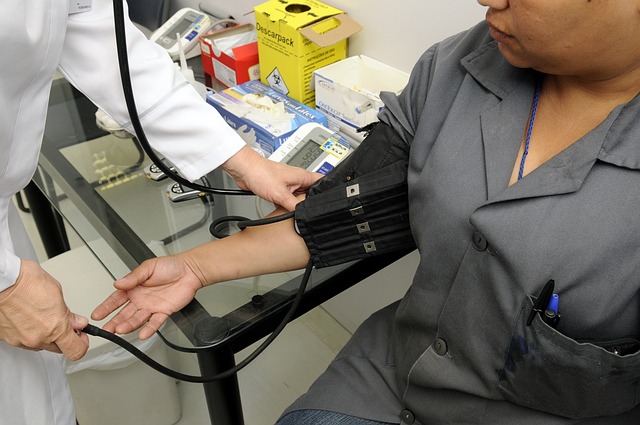Navigating Desertification: The Importance of Risk Assessment
Desertification is more than just a scientific term—it’s a looming reality that threatens the very fabric of communities, ecosystems, and livelihoods around the globe. As we face this growing challenge, the role of risk assessment becomes undeniably crucial. Understanding where and how desertification is likely to advance allows us to prepare, adapt, and ultimately safeguard our futures.
Imagine standing on the edge of a once fertile landscape that has slowly turned to dust. The air is dry, the soil brittle, and the vibrant life that once thrived has begun to vanish. This is the reality for millions worldwide, where desertification is not a distant problem but a daily struggle. Here, risk assessment acts as a guiding compass, helping decision-makers and communities visualize potential vulnerabilities before they become irreversible damage.
Risk assessment in the context of desertification goes far beyond simple data collection—it embodies a proactive approach to environmental stewardship. By identifying high-risk zones, assessing climatic trends, and understanding human activities contributing to land degradation, we can target interventions more effectively. This informed perspective empowers local populations to implement sustainable agricultural practices, reforestation efforts, and water management techniques tailored to their unique landscapes.
But it’s not just about numbers and maps; risk assessment brings hope. It fuels the urgency for collaboration among scientists, policymakers, and communities, fostering innovative solutions that blend tradition and modern technology. When we assess risk related to desertification, we’re not just forecasting disaster—we’re planting the seeds for resilience and restoration.
In the face of advancing deserts, the feeling of helplessness can be overwhelming. Yet, embracing risk assessment transforms that emotion into actionable insight. It reminds us that while we may not control the changing climate, we can control our response. By actively engaging in risk assessment, we choose to face desertification with knowledge, preparedness, and determination—turning vulnerability into opportunity.


